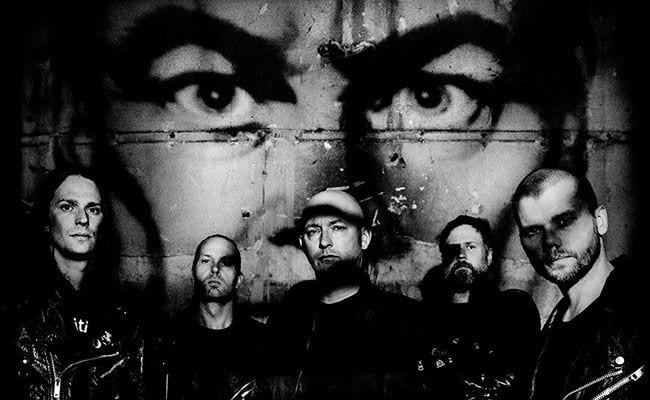
It can be dicey for an artist to stay firmly inside a single preferred mode and style of expression over a long period. Certainly, if the style happens to dovetail with commercial and critical approval, it will be a comfortable and rewarding place to stay. The history of pop music is replete with examples of musicians who through their luck, work ethic, or genius arrive at a basic style that they never felt compelled to remake or abandon to meet changing demands. But if the style happens to depart from, or even explicitly rejects, the conventions associated with commercial and critical consensus, there are at least three basic narratives that will roughly characterize the artist’s career.
In one narrative, the artist will remake or abandon their preferred style and pursue said consensus purposefully and in doing so may come to know commercial and critical approval. In another, they will remain permanently within the relative obscurity conferred by their style and find (or not find) creative fulfillment on their terms without commercial and critical approval. And in a third, they will remain in their preferred style long enough that the commercial and critical consensus comes to find them — more or less, doing exactly what they have been doing all along. Wolfbrigade may be experiencing something like the third of these outcomes.
Some perspective is in order though because Wolfbrigade is associated with crust punk, an uncompromising form of music hammered out on the anvil of anarcho-punk, hardcore, and extreme metal. And their version of it has a particularly Swedish strain and exists on a thread that winds back through Skitsystem, Disfear, and Anti Cimex. So they are not destined to be rock stars. But they have stayed so true to their core sound for so long that, with Damned (2012), and now Run With the Hunted, and despite their 20-year career, their profile may be higher now than ever. Both of those records were released on Southern Lord, a respected American metal label that has clearly done well by the band having injected them into company and into conversations they might not have otherwise landed. They have even found themselves sharing a moment — surely cultivated in part by Wolfbrigade’s enduring presence — when icons of crust punk like Amebix and Discharge, formed a generation ago, have felt inspired to reform and record new music. Some of us are coming around to Wolfbrigade and their style.
Although for the most part, it does not throw much light on Run With the Hunted to single out particular songs, it is also not accurate to say they all blend together indistinguishably into a single racing 30-minute cadence either. To be sure, experimentation does not figure prominently in this band’s ethos. But they cycle through subtle departures from the steady and marching pulse that otherwise encloses the arrangements. The most striking example is “Kallocain”, a mid-paced song sequenced mid-way through the record as a break in the violence and that opens with a melody that would not be out of place in any The Jester Race-era In Flames song.
Fitting, then, that the album was recorded by Fredrik Nordström and Tomas Skogsberg, producers associated with Sunlight Studios and Studio Fredman, respectively, Sweden’s most famous houses of extreme metal. It shows — their use of melody, when it appears, typically consists of a single guitar line that emerges briefly to lead or connect riffs and then dissolves back into the barrage of simple ticking rhythms. The approach recalls the death metal of Gothenburg as well as Stockholm, late At the Gates and early Dismember — in a word, Swedish — but a scaled back and simplified version of it.
Their connections to European hardcore traditions and to titans of Swedish death metal are only the most obvious points of reference because Wolfbrigade are evidently students of a wide assortment of extreme metal styles and approaches. Run With the Hunted will reveal these touches to curious and careful listeners. Micke’s vocal delivery occasionally rides a narrow edge between Lemmy from Motorhead and Jerry from Poison Idea, never given to melodic flourish but also never ragged or gutteral, a simply abrasive rant that evokes a kind of clear-minded anger. The bridge of “Nomad Pack”, for example, features a riff that sounds like Kill’em All-era Metallica, and “Return to None” is reminiscent of Slayer in one of their mid-paced and moodier moments. In fleeting flashes, Run With the Hunted veers violently down and back such avenues. But the band’s mark is ultimately thunderous metal-influenced hardcore and they will reward fans of it. The album should also enlarge their presence and legacy.

